209 CD / Wolfgang Amadeus Mozart: Gran Partita
Description
Inspired by Roger Norrington, a group of musicians from the Radio Symphony Orchestra Stuttgart of the SWR recently came together to form the STUTTGART WINDS. TACET has the honour of being able to show the fruits of this carefree, pleasurable work. As an opening, the Gran Partita, K. 361 of W. A. Mozart was selected - a formidable task in every respect. Twelve winds and a double bassist aim to be attuned to each other, breathe together and emanate the spirit of music that is so natural, simple-sounding and yet so complex. The result is a pure delight! Luxuriantly lyrical passages, intimate dialogues, humorous interjections, rousing dances. The programme is completed and rounded off by a transcription of Mozart's Fantasia in F minor, K. 608.
8 reviews for 209 CD / Wolfgang Amadeus Mozart: Gran Partita
You must be logged in to post a review.

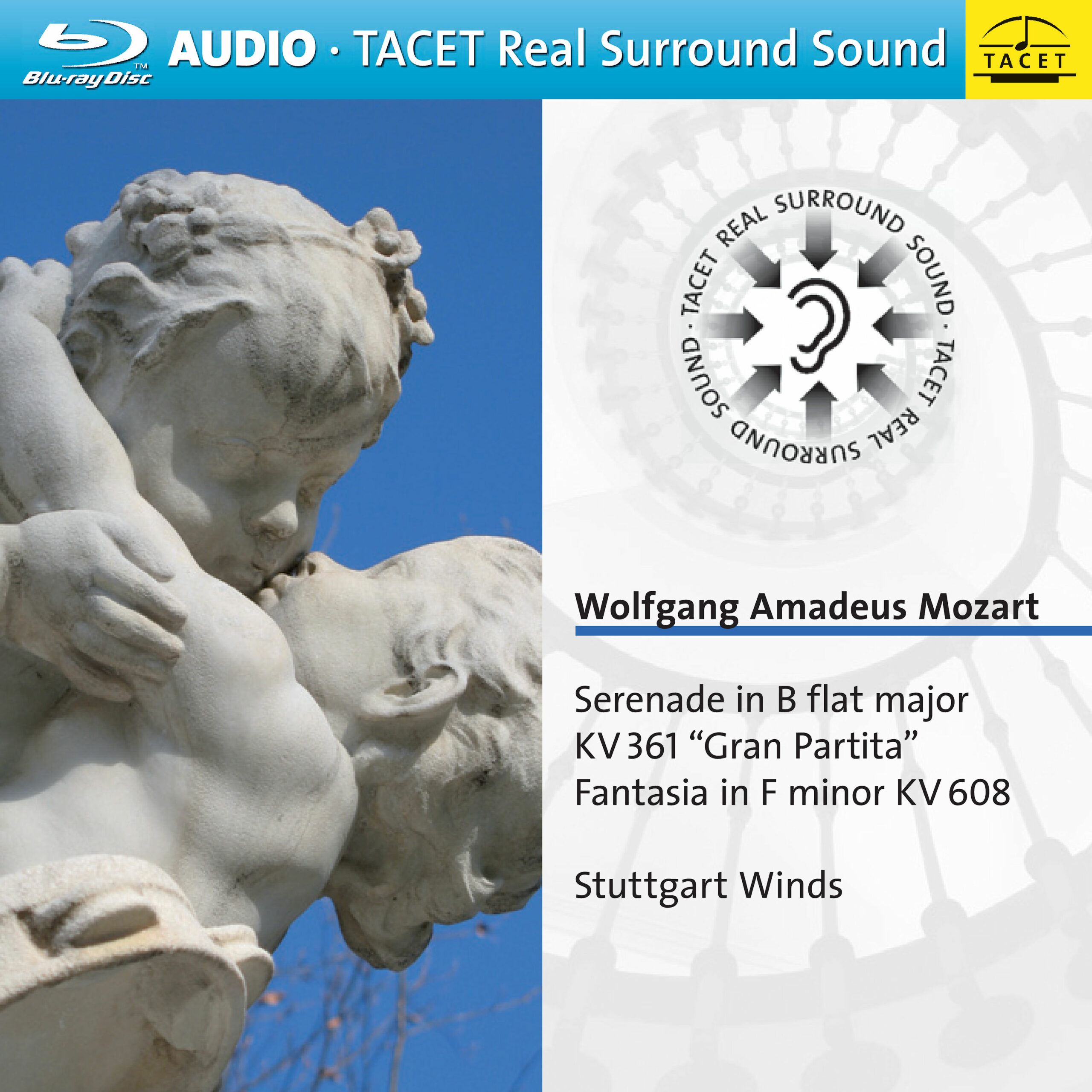
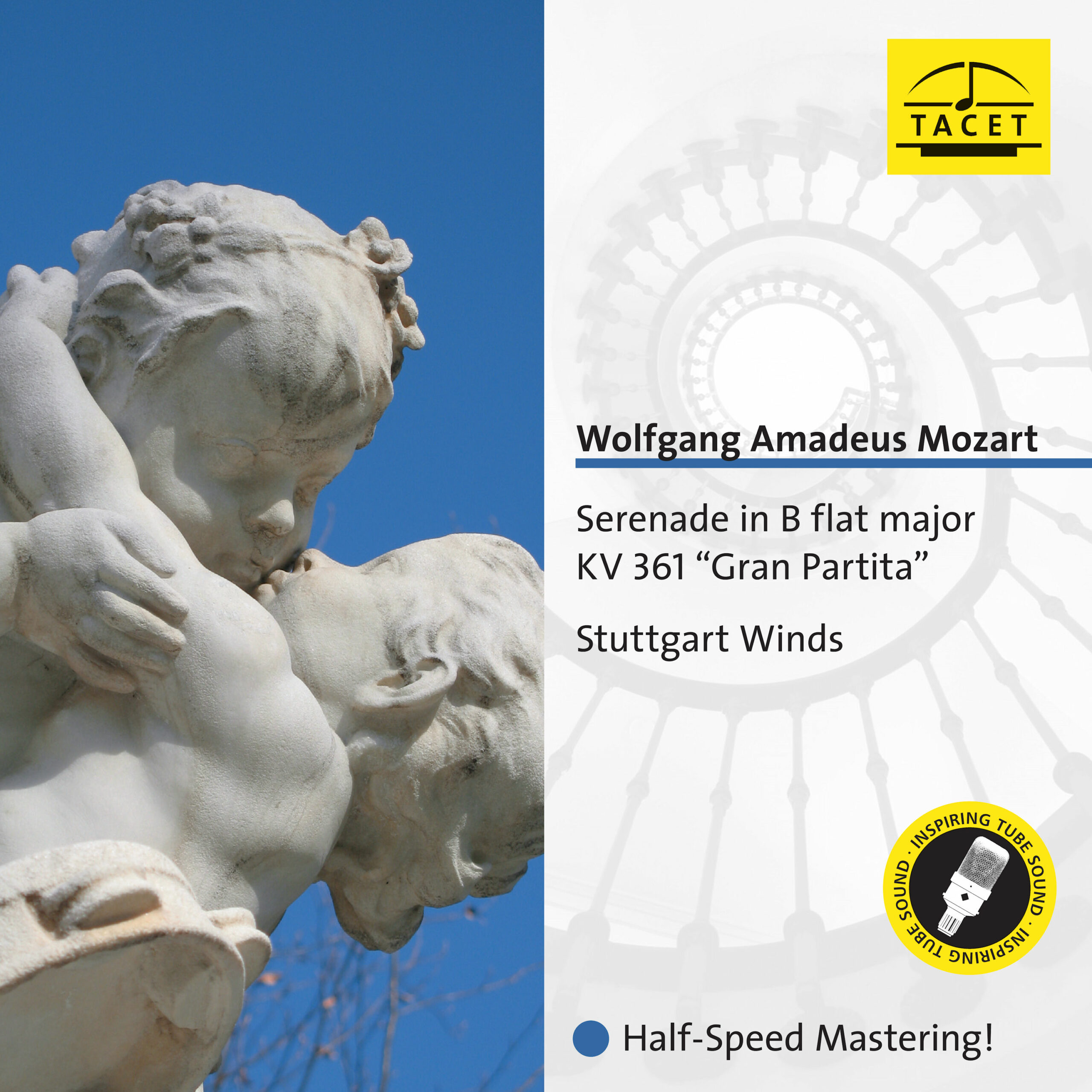
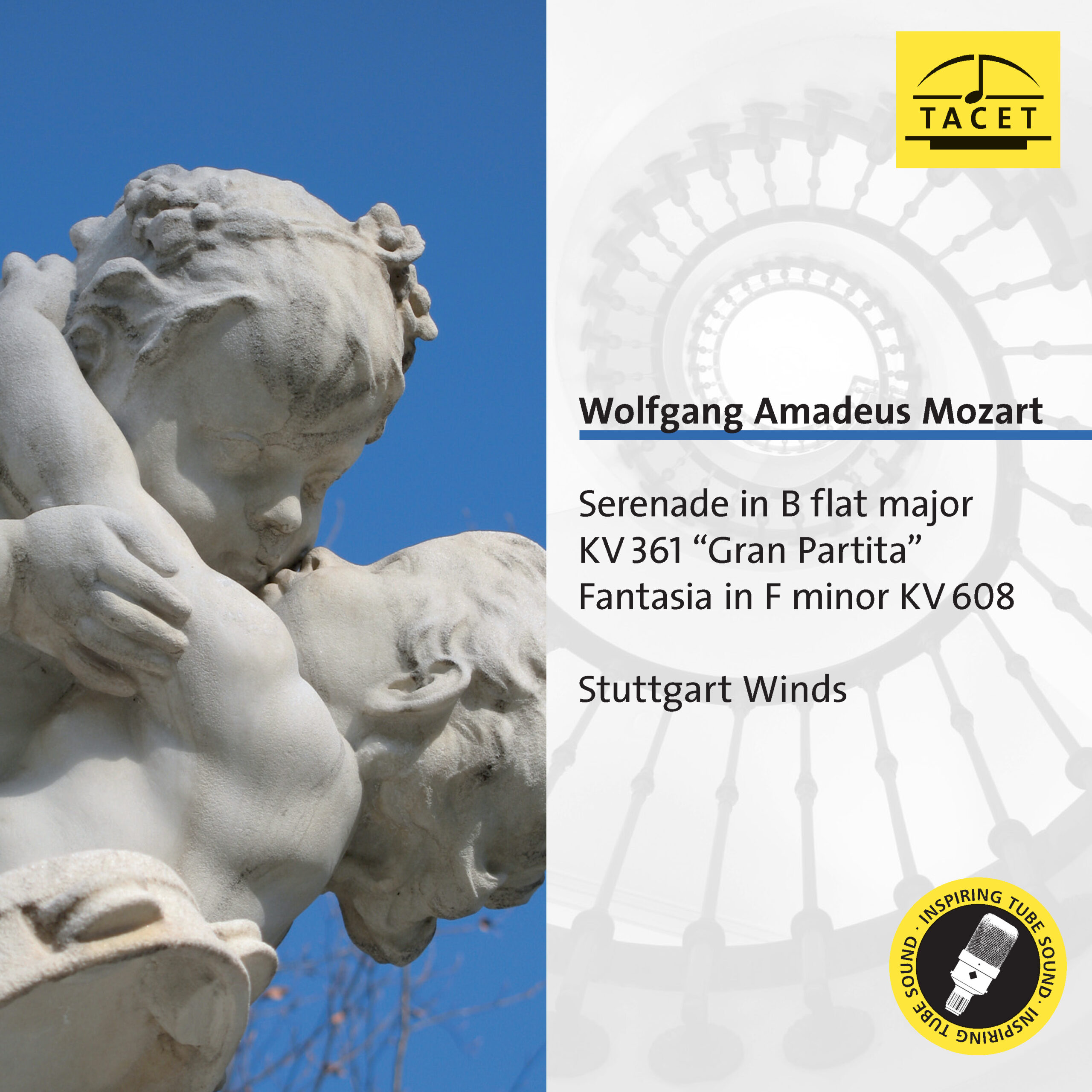
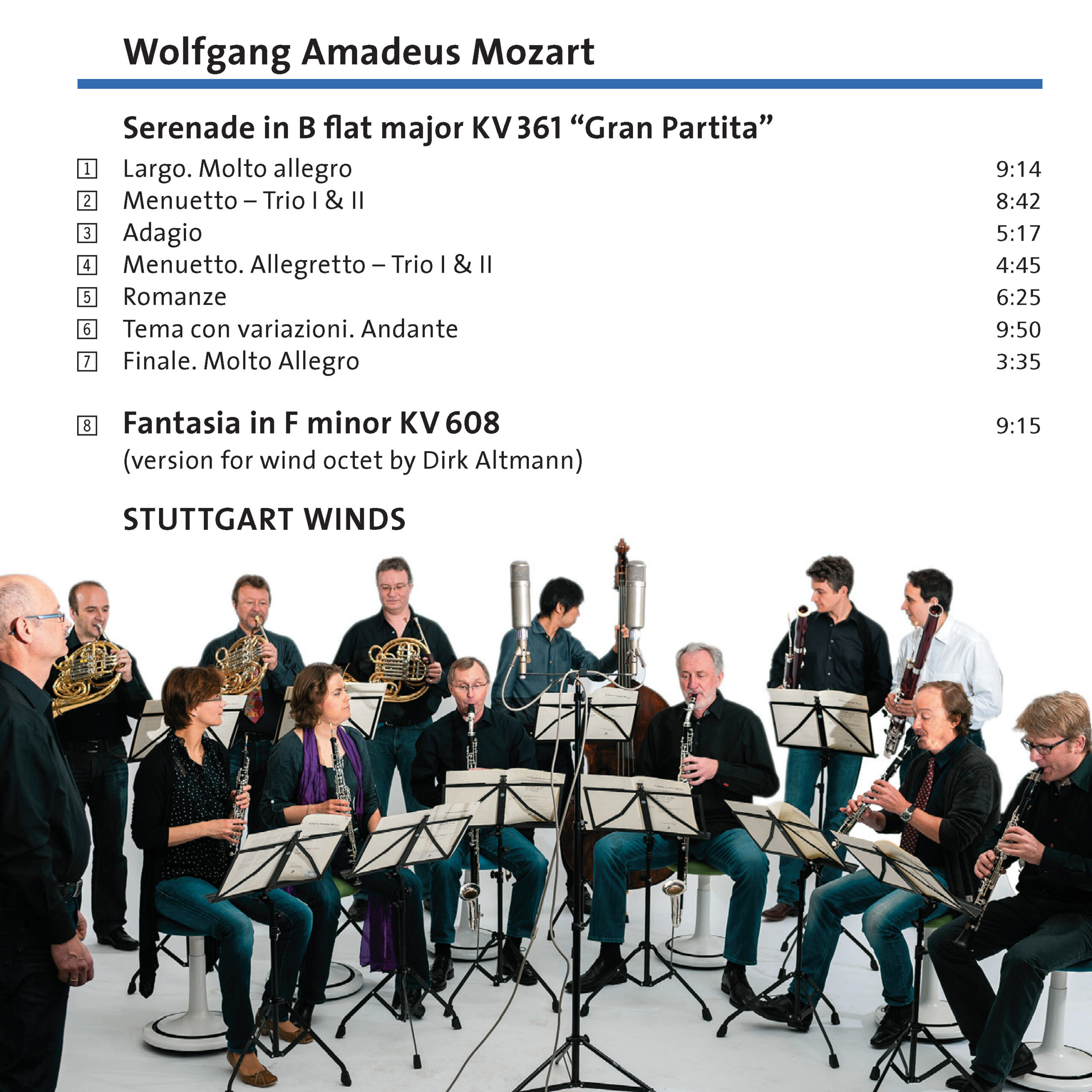




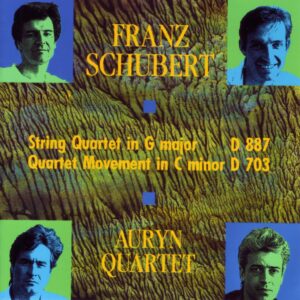
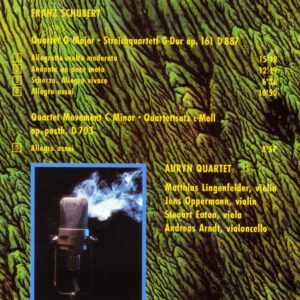

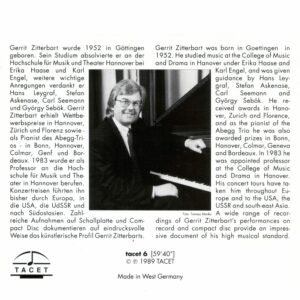
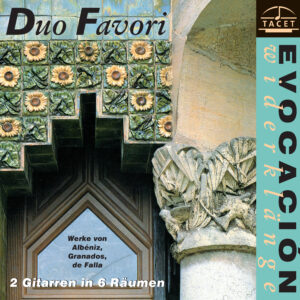
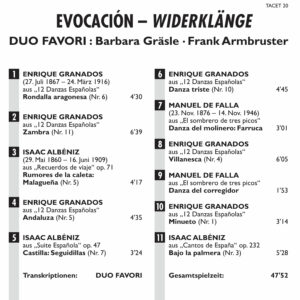



Image Hifi –
(…) „Mozart hat eigentlich immer nur Opern geschrieben.“ (Nicolaus Harnoncourt (…)
(...) "Mozart has actually always only written operas." (Nicolaus Harnoncourt (...) Perhaps the secret of this music lies indeed in this quasi-vocal structure. The most famous movement, the seemingly artless Adagio, unfolds an elegiac charm that is hard to describe. While the other instruments lay out a pulsating sound foundation, oboe and clarinet sing a duet over it, as longing as one finds in hardly any Mozart opera.
Heinz Gelking, image-hifi
rohrblatt. Die Zeitschrift für Oboe, Klarinette, Saxophon, 3/2013 –
Andreas Spreer, TACET's chief and responsible for the distinctive sound of his label for years, has come up with a special seating arrangement for this recording of the twelve wind players with their double bass: unlike on a stage – and also completely different from the orchestral tutti – they form a circle with a central microphone in its midst and individual microphones in front of each of the thirteen instruments. This leads to easy eye contact among the players and a focused overall sound, as one can only experience on a recording – who can sit in the middle of such a group of players and use their two ears as a central microphone? The homogeneous sound of the often densely deployed instruments always appears as transparent in this arrangement as one rarely experiences in a concert hall.
The twelve wind players of the Stuttgart SWF Symphony Orchestra bring the colorful score to life in its many facets with liveliness and sensitivity. Their training under the longtime chief conductor Roger Norrington is evident in an earthy, rich sound, more reminiscent of early original instruments. The heartwarming cantilenas – not only in the soulful Adagio and other operatic passages – caress the heart, and the concentrated force of all instruments is captivating. The arrangement for winds of the organ fantasy – lacking the four horns – gives this masterful ten-minute miniature an unusual, yet enchanting richness of color.
In competition with strong rivals, this recording, masterfully and emotionally compelling, finds itself at the forefront.
Dieter Steppuhn, rohrblatt
Audiophilia –
--> original review
(...) Tacet’s recording combines intelligent positioning of the instruments (placing oboe and clarinet at opposite sides of the soundstage gives a wonderful effect) with an openness and transparency that makes it the best I’ve heard for unravelling the music’s complex inner structure. (...)
Andy Fawcett, Audiophilia
hifi & records 01/2014 –
Mozart's Wind Serenade, K. 361, for two oboes, clarinets, basset horns, bassoons, four horns, and double bass, not only broke new ground in terms of its instrumentation but also approached the dimensions of orchestral serenades with its seven movements, exhibiting richness in both tonal and structural aspects that verges on the symphonic. The piece remains a challenge for all involved, particularly in the realm of musical interpretation. It requires skill to blend and balance the full spectrum of colors offered by the extensive wind ensemble in ever-new variations. The Stuttgart Winds, comprised of members of the RSO Stuttgart, masterfully tackle this delicate task. The ensemble exhibits an almost intuitive harmony among its members, and their interpretation adheres meticulously to the score of the new Mozart edition. Despite the traditionally rich timbre of wind instruments, the overall sound remains slim and transparent, with every detail audible. As an encore, the recording includes an arrangement of Mozart's Fantasia for Mechanical Organ, K. 608, which is musically enhanced in this version for wind octet and double bass.
Holger Arnold, hifi & records
Das Orchester 12/2013 –
--> original review
With fresh and exhilarating tempos, the musicians, after a slow and highly colorful introduction, skillfully dive into the lively performance. The recording technique captures the ensemble's dynamic interplay with precision, providing a vivid and well-balanced sound mix.
Werner Bodendorff
Fono Forum 10/13 –
Am 23. März 1784 veranstaltet der Klarinettist Anton Stadler in Wien eine „Musikalische Akademie“, in der u. a. „…eine große blasende Musik von ganz besonderer Art, von der Composition des Hrn. Mozart gegeben wird“. Und was für eine blasende Musik das war: Mit je zwei Oboen, Klarinetten, Bassetthörnern, Fagotten, vier Hörnern und Kontrabass sprengt die „‚Gran Partita‘ (Name nicht von Mozart) nicht nur von der Besetzung her alles bisher Dagewesene. Allein die sieben Sätze rücken in ihren Dimensionen in die Nähe der Orchesterserenaden, ihr klanglicher und satztechnischer Reichtum reicht ins Sinfonische.
The piece remains a challenge for all involved, especially when using modern instruments, not so much in technical as in musical and interpretative aspects. The task is to mix and balance the entire richness of the extensive wind palette in ever-new variations and constellations. This delicate task is superbly accomplished by the Stuttgart Winds.
The ensemble consists of members of the RSO Stuttgart, harmonizing with each other in an almost intuitive confidence. They meticulously execute the musical text of the new Mozart edition, and it's fascinating how every performance indication becomes audible. Despite the traditionally dark timbre of the winds, the overall sound is slim and completely audible down to the last detail. The musical conception clearly reveals the intentions of Roger Norrington, the orchestra's longtime chief conductor. As an encore, there is an arrangement of the Fantasy for a Mechanical Organ, K. 608, which is significantly enhanced in the version for wind octet and double bass.
Holger Arnold, Fono Forum
klassik.com –
--> original review
Wonderful Euphony
Ornament of every well-sorted record collection: This recording of Mozart's B-flat major Serenade is a stroke of luck in terms of both sound and interpretation.
Tobias Pfleger
Klassik heute –
--> original review
Man wird künftig nicht mehr so ohne weiteres an der vorliegenden Einspielung von Mozarts berühmter Gran Partita vorbeihören können. Nicht nur bekräftigen die erfahrenen Holzbläser und das Hornquartett des SWR Sinfonieorchesters ihren Ruf einer exzellent konditionierten Kammermusik-Elite „Stuttgart Winds“, sondern auch der Tonmeister dieser durchaus nicht zum Schweigen verurteilten Tacet-Qualität, Andreas Spreer, verdient den Beifall des Rezensenten. Dankbar nimmt man dessen entsprechende Informationen im illustrierten Beihefttext zur Kenntnis, die dem studio-akustischen Problem der transparenten, flexibel-dynamischen Gruppierung einer „großen blasenden Musik“, wie Mozart seinen Geniewurf nannte, erfolgreich zu Leibe rückt. Kreisförmig um das Hauptmikrophon herumgeschart erhält jeder Mitwirkende eine optimale Position im Solo-Einzel, Gruppenwechsel oder Tuttigeschehen. Zusätzlich gewährleisten Stützmikrophone den jeweiligen „Originalklang“ der individuellen Farbwerte eines Instrumentes.
Wenn sich, wie hier, mit überzeugender Tempowahl, spürbarer Hingabe an Melodie, Harmonie, rhythmischem Temperament und Ausdruck ein packendes „Hörbild“ für Kenner und Liebhaber entwickelt, dann entfaltet die musikhistorische Einzigartigkeit dieses 7sätzigen Kompendiums aller bläserischen Ensemblefinessen eine überraschende Wirkung: Ausdrucksvielfalt und Formenreichtum summieren sich zu einer spannenden Fortsetzungsfolge vom klassisch-sinfonischen Sonatensatz mit ouvertüreartiger Largo-Einleitung bis hin zum turbulenten Janitscharen-Kehraus à la Entführung aus dem Serail.
The sensitive style experiences a miraculous completion in two romances competing with each other, with the second one, in turn, providing pure pleasure through a contrasting allegretto intermezzo featuring virtuosic hopping bass figures of the solo bassoon. Two minuets enchant with courtly ballet atmosphere, while an exceptionally imaginative set of variations logically targets the finale.
Man versteht, dass angesichts der Gipfelkunst an „Kompositionswissenschaft“ des Jahres 1781, als Mozarts singuläres „Bläserexperiment“ seinen Erfolgsweg antrat, für die folgenden einhundert Jahre niemand ein Nachfolgewerk riskierte. Erst die nationalen Spätromantiker Dvorák in Böhmen (1878) und Gounod in Frankreich (1885) läuteten mit ihren „Bläsersinfonien“ eine neue, eigene Ära dieser Werkgattung ein.
Gerhard Pätzig